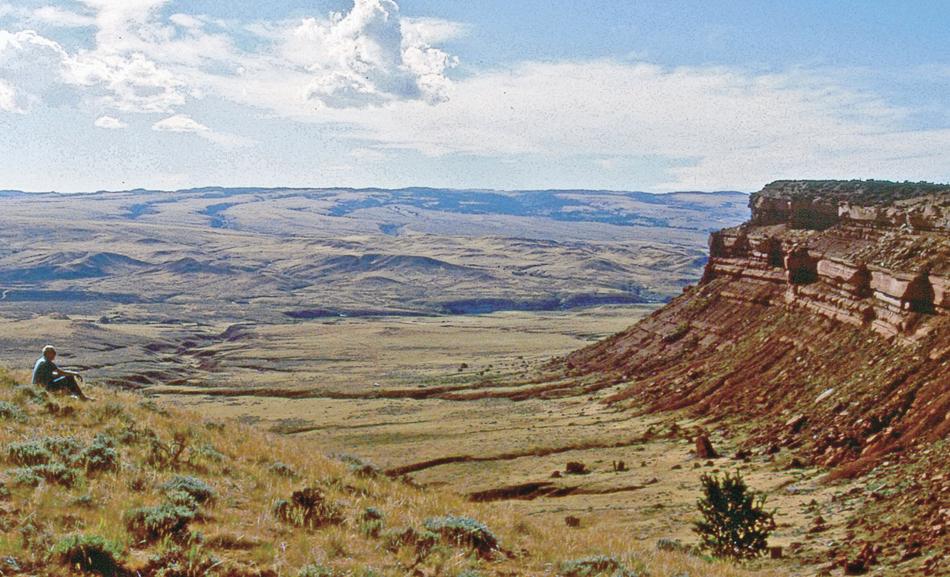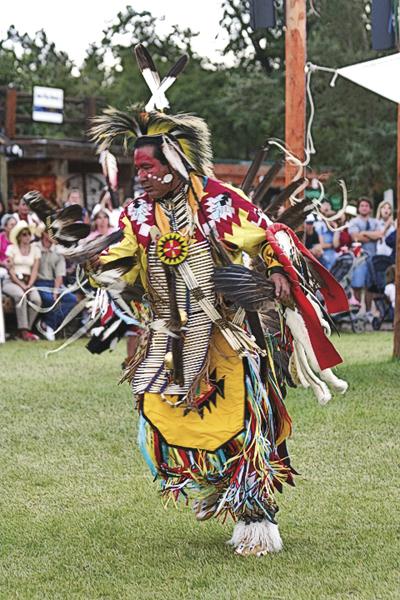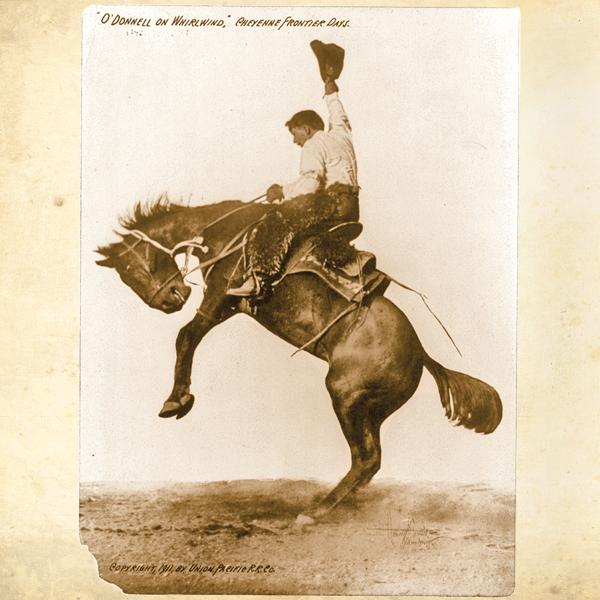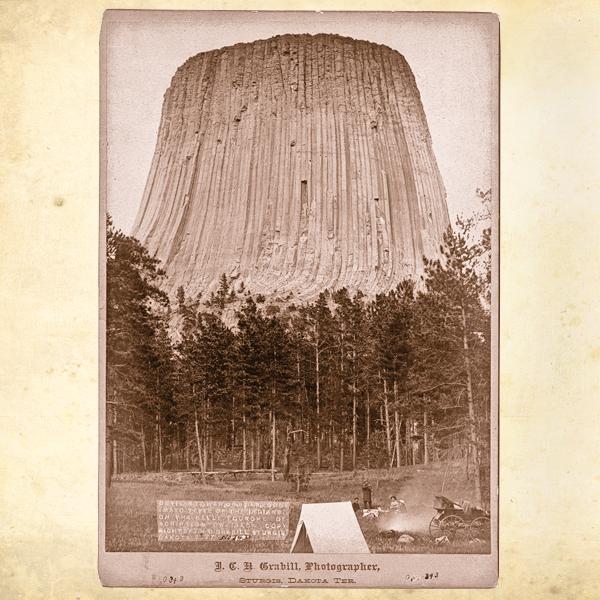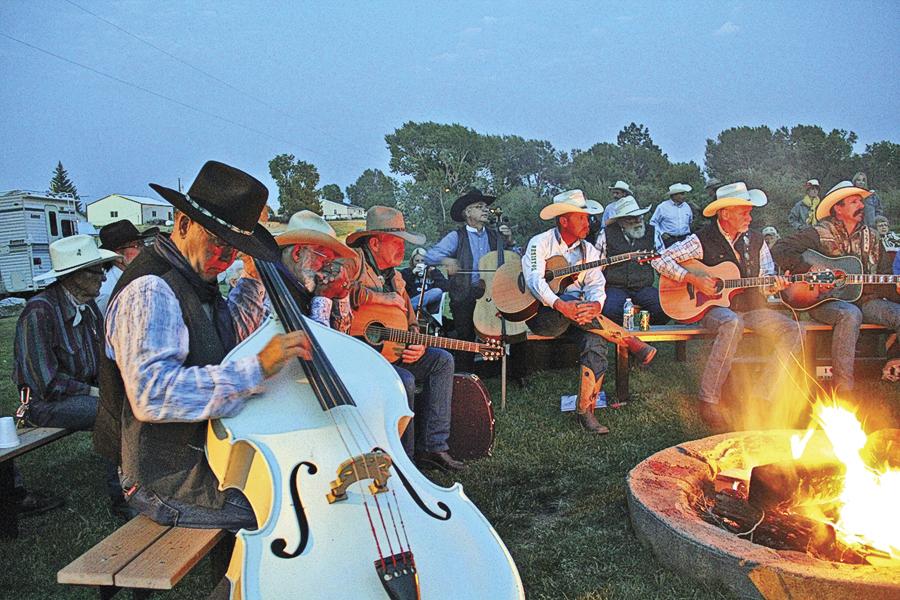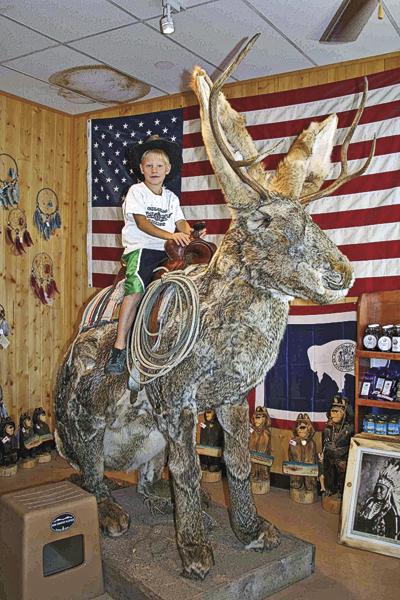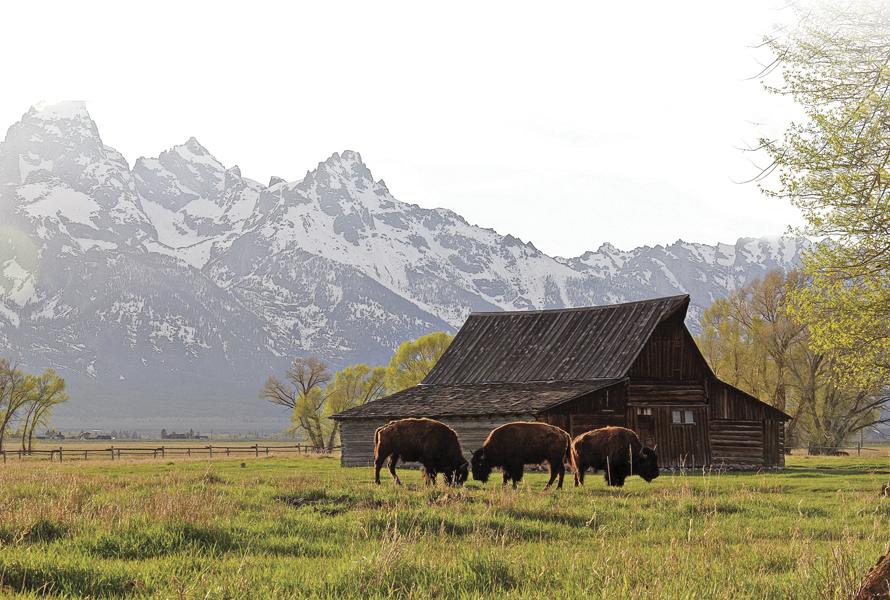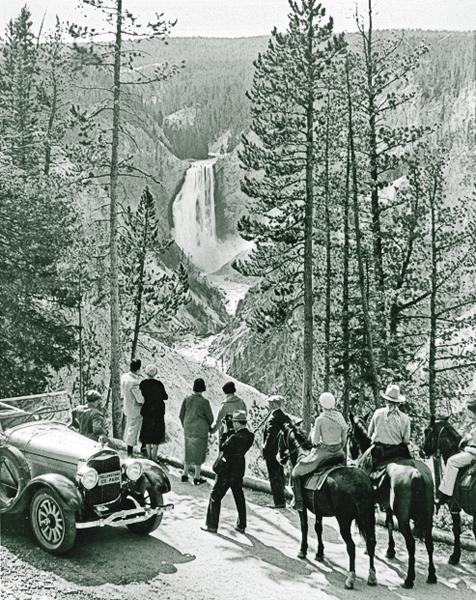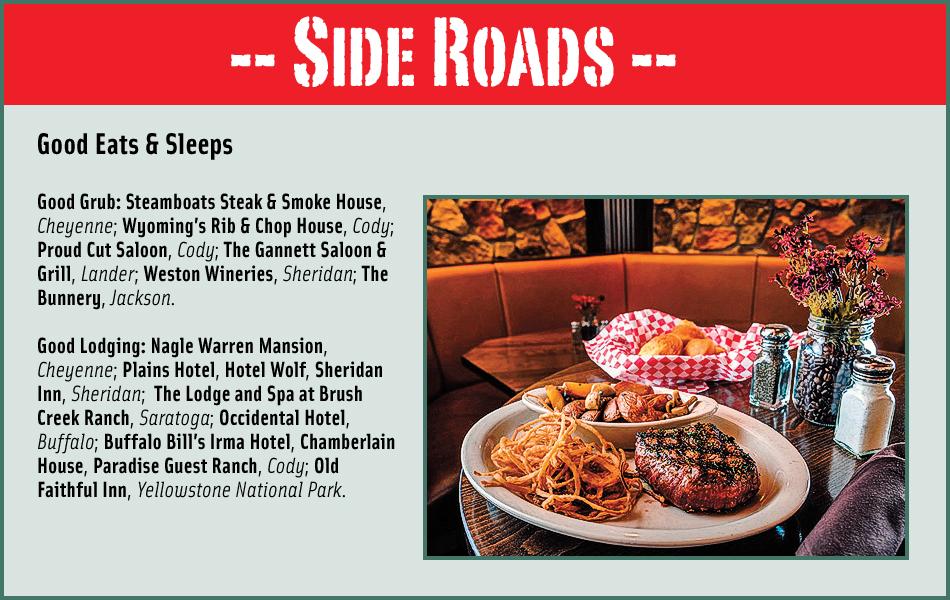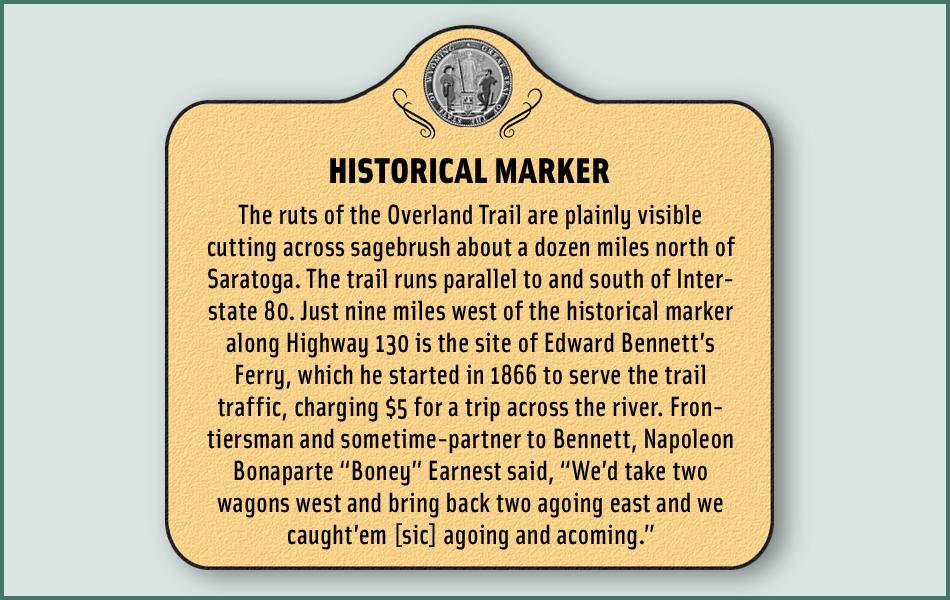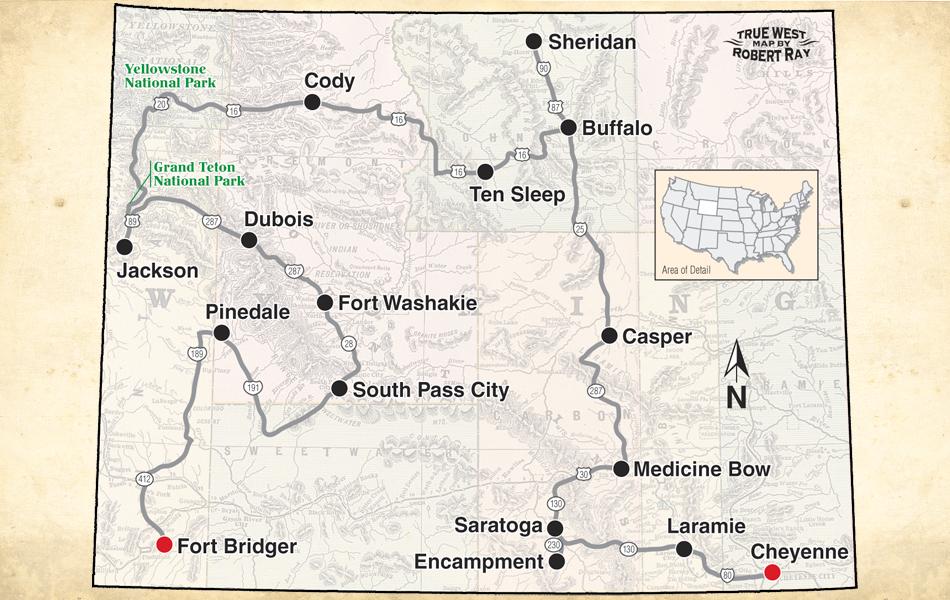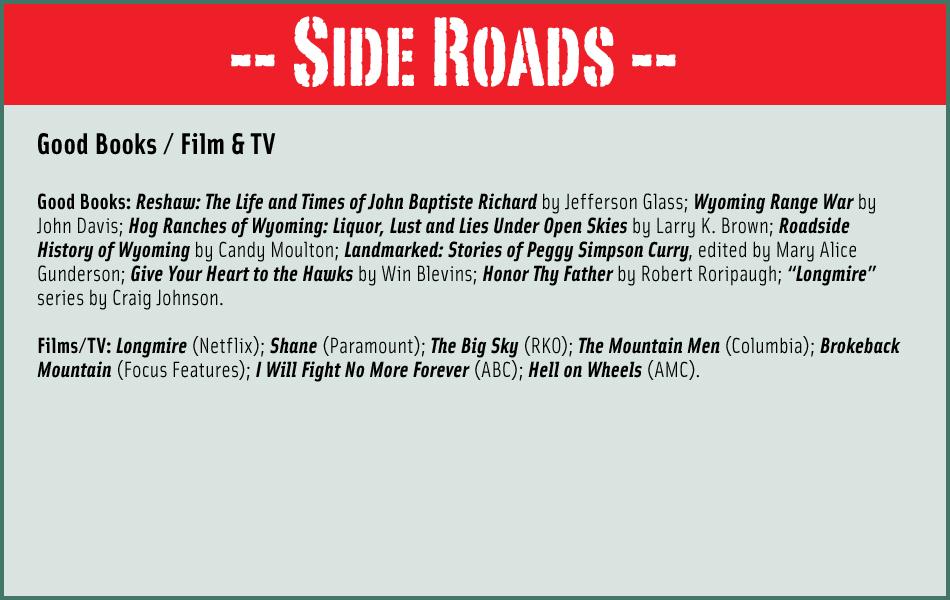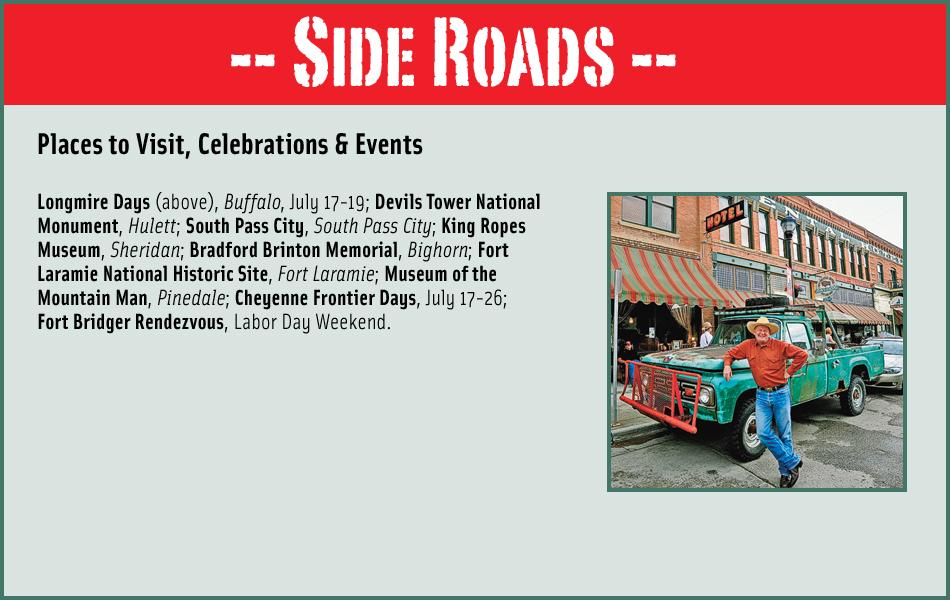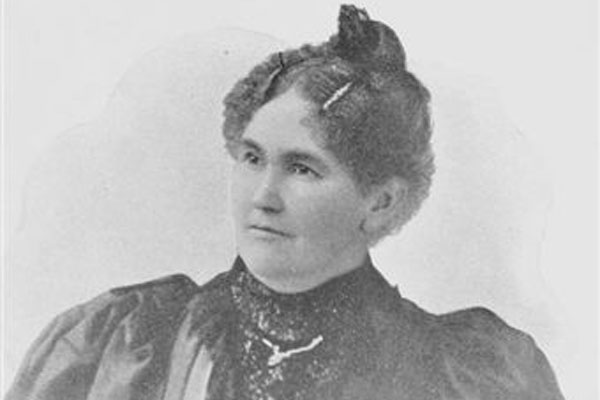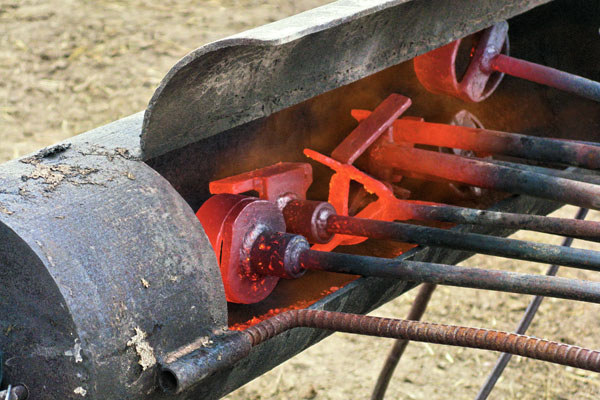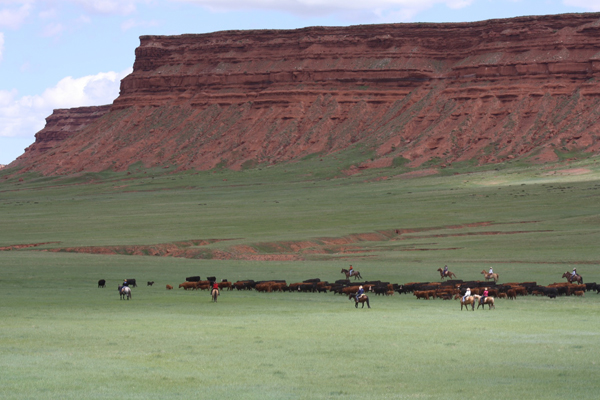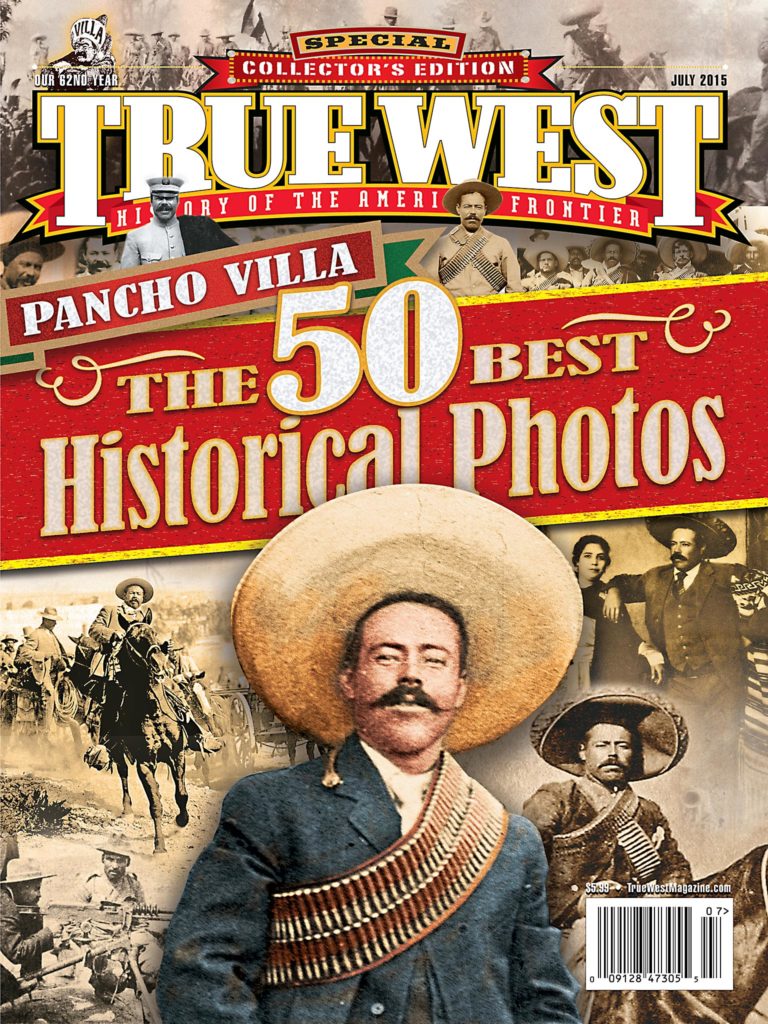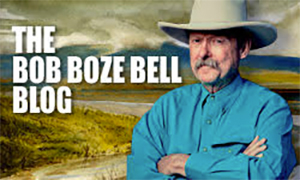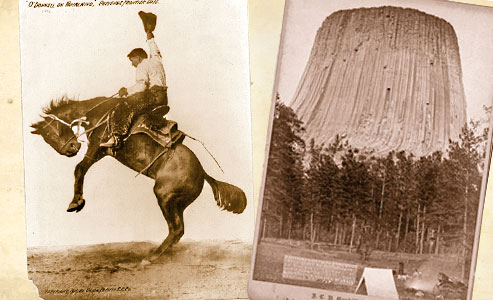 Those of us who are Wyoming-born residents relish the fact that we live in the least-populated state in the nation. As our former governor Mike Sullivan often said, we are a medium-sized city with really long streets. We have far more antelope, deer and elk than people,
Those of us who are Wyoming-born residents relish the fact that we live in the least-populated state in the nation. As our former governor Mike Sullivan often said, we are a medium-sized city with really long streets. We have far more antelope, deer and elk than people,
and quite honestly, we really like it that way. We have a lot of slogans: The Equality State (for being the first to grant women suffrage, having the first woman justice of the peace); the Cowboy State (lots of reasons for this one, but it’s symbolized by our license plates, which have the iconic bucking horse and rider that is recognized worldwide); and more recently, Forever West (a tagline from the state tourism office).
We have Magic City of the Plains or Live the Legend (Cheyenne), Gem City of the Plains (Laramie), Where the Trout Leap in Main Street (Saratoga)…I could go on. But instead let me celebrate the 125th anniversary of Wyoming by taking you on a little journey to some of my favorite places (only some, mind you, I love this state and know it well; more than half the books I’ve written have in some way or another focused on its history).
Cheyenne to Encampment
The television show Hell on Wheels spent the last season in Cheyenne, and while much of the action might have been reflective of the railroad-building days that gave birth to this city, the TV show obviously got the landscape wrong. On the screen you would see Cheyenne surrounded by hills. In reality it is truly a plains town with rolling grasslands all around. Most of the trees are those that were intentionally planted. Cheyenne’s birth as a railroad town is reflected in the downtown area where the restored Union Pacific Depot serves as a vibrant hub for visitor activities. The railroad gave Cheyenne a start, but it was government—territorial and then state—as well as cattlemen who gave it permanence.
During the heyday of the big range era in Wyoming, the wealthiest cattlemen had homes in Cheyenne. Many of those homes remain today, including the Nagle-Warren Mansion, now a bed-and-breakfast. Restored and operated by Jim Osterfoss, this is a pla ce for high tea, reading a book in the well-appointed library or relaxing in one of the guest rooms.
History abounds in Cheyenne and you can view some of the best examples at the Wyoming State Museum, the Old West Museum and the Nelson Museum of the West. If you plan ahead, by all means visit Cheyenne the last 10 days of July for the Cheyenne Frontier Days, one of the top rodeos in the world. Billed as The Daddy of ’em All®, CFD has daily rodeos featuring the top stock and competitors in the sport; night shows with Toby Keith, Miranda Lambert, Alabama, Keith Urban, Blake Shelton and more; four parades with dozens of horse-drawn vehicles; three big free pancake breakfasts; and daily dancing performances by American Indians — usually including the Arapaho and Shoshone tribes, who still make their home in Wyoming.
It’s time to hit the road, so I head west on I-80 (or take Happy Jack Road, WY 210) to Laramie, home of the University of Wyoming, The Ivinson Mansion, and the Wyoming Frontier Prison. Wyoming’s quasquicentennial really kicks off in Laramie in mid-June when the Wyoming State Historical Society sponsors a symposium that will explore all facets of the state’s history.
The Snowy Range Mountains beckon to the west, so cross them and head to my home stomping ground for the Grand Encampment Cowboy Gathering (July 17-19), this year featuring The Munsick Boys, Sam Platts and Kootenai Three, and Thatch Elmer. There is one concert for which you’ll need to buy a ticket, but all the other music and poetry entertainment is free. The event also recognizes of some of the newest members of the Wyoming Cowboy Hall of Fame, which began last year with induction of the first 34 members.
From Encampment, point your wagon tongue north (I had to use that metaphor since I love traveling anywhere in Wyoming, but most particularly by mule-drawn wagon.) Okay, I get it, you have a vehicle, so you can simply drive a faster vehicle to Saratoga where you will find historic lodging and fine food at the Hotel Wolf, and can soak in the mineral hot springs at the Saratoga Hobo Pool which is open year-round.
Medicine Bow to Buffalo
The Eastern dude Owen Wister wrote that Medicine Bow (on U.S. 30) appeared to be “strewn by the wind,” and if you visit today, you might think he had it right. The Virginian Hotel anchors the town, and just across the street you can explore the Medicine Bow Museum, housed in the former railroad depot. Take Highway 487 from Bow to Casper for a visit to Fort Caspar and the National Historic Trails Interpretive Center. Both places will inform you about the importance of this location for overland travelers, the frontier military and the Indian tribes of the region.
Both ranch and Indian history dominate the region north of Casper. In the 1860s Red Cloud and the Lakotas, along with their Cheyenne and Arapaho allies, fought to retain the Powder River Basin as traditional lands, first deterring gold-seekers who followed the Bozeman Trail north into Montana, and then repelling the military in what became known as the First Sioux War (or Red Cloud’s War) of 1866-68. The Indians won that effort, forcing the military to withdraw from Fort Phil Kearny and Fort Reno, which had been built along the trail. You can learn more about the events associated with the Indian War period by visiting the Jim Gatchell Museum in Buffalo, the re-created Fort Phil Kearny, and battle sites including the location of the Fetterman Massacre not far from Fort Phil Kearny and the Wagon Box Fight near Story.
Cattlemen had their own battles here in April 1892 during the Johnson County Invasion, in which an armed brigade of Wyoming cowmen and their hired guns from Texas and Idaho rode north out of Casper, and encountered Nate Champion and Nick Ray at the KC Ranch. Two other men safely escaped the cattlemen, before Ray was gunned down, leaving Champion alone in the cabin. He wrote in a small notebook, “Boys, I feel pretty lonesome just now. I wish there was someone here with me so we could watch all sides at once. They may fool around until I get a good shot before they leave.” But as we know, Champion did not get his good shot and instead did not leave the cabin alive.
The cattlemen and their hired guns rode north, but made it only to the TA Ranch where they were under siege themselves after townspeople from Buffalo learned of the invasion and put up their own defensive force. It took the action of Wyoming Governor Amos Barber, U.S. President Benjamin Harrison, and the 9th Cavalry stationed at Fort McKinney (near Buffalo) to rescue the cattlemen and take them into custody. Although they were charged, none was ever tried for incidents associated with the Johnson County Invasion (some call it a war).
Bighorn Mountains to Cody
Leave the plains behind and turn west at Buffalo taking U.S. 16 through the Bighorn Mountains to Tensleep, which is a good place to tell you a story about Wyoming’s reputation as a medium-sized city with long streets. One evening in February there was an explosion in town. When the town’s volunteer firemen raced to the firehouse to respond, they found that the fire was AT THEIR FIREHOUSE! They could not get in to get any of their trucks out, and watched helplessly until firemen from Worland and other nearby communities responded. The Fire Department was decimated; the firehouse plus the trucks, equipment and fire gear were destroyed.
Word of this fire spread quickly not just in town but throughout the state. Other fire departments stepped up, offering the use of trucks, equipment and gear until Tensleep could rebuild its department. One of the first offers of equipment came from the Town of Dubois, a small town just a little bigger than Tensleep. Remarkable about that offer is that just weeks earlier, Dubois saw a large portion of its business district burned in a fire that spread quickly and was difficult to contain because it broke out on a bitterly cold night. That fire, too, was a devastating event that deeply affected not only those in Dubois, but people across the state who knew and understood what the historic buildings and businesses meant to the community. In fact, the Dubois High School basketball teams came to my town of Encampment to play games shortly after their big fire. The students in our local high school, having learned of the fire, conducted an auction and raised a tidy sum to give to Dubois as a gesture of solidarity, much the same as Dubois later reached out to Tensleep. That, dear readers, tells you a bit about the spirit of Wyoming.
There’s more to Tensleep than the story of a bad fire. If you head south you’ll be able to visit the landscape pivotal in the last cattle-sheep war in Wyoming, where the Spring Creek Raid took place April 2, 1909. Seven men were arrested, charged and tried for the killing of Joe Emge and Joe Allemand. Prosecutors secured five convictions for men who would serve from three years to life in prison.
From Tensleep continue on west and north on U.S. 16 through Worland, where I advise a visit to the Washakie Museum and Cultural Center, which interprets the geologic, paleontologic and historic stories of the Big Horn Basin. Cody, Wyoming, needs little introduction to True West readers, so I’ll simply encourage a visit to the Museum of the West with its museums about Buffalo Bill, Plains Indians, firearms, natural science and Western art.
Yellowstone to Fort Bridger
Yellowstone is America’s first national park and offers a blend of natural beauty, wildlife and history. Visit the Grand Canyon of Yellowstone, the Albright Visitor Center at Mammoth and Old Faithful. Just standing in the Old Faithful Inn is a trip back in time to an era when craftsmanship was truly phenomenal.
Continue south to Jackson Hole, a visit to Grand Teton National Park (check out the Colter Village Visitor Center with its collection of Indian moccasins, and the Craig Thomas Visitor Center at Moose), then spend some time exploring Jackson itself, including the Jackson Hole Museum and the town square with its signature elk antler arches.
David Jackson lent his name to this region, but many other trappers gathered annually in the Upper Green River country to rendezvous on Horse Creek near the town of Daniel. The history of the trappers is the focus of the Museum of the Mountain Man in Pinedale.
From Jackson Hole you can also head south to Dubois, which will no doubt be rebuilding this year following the fire. But the Wind River Museum and Cultural Center and the North American Wild Sheep Center stand ready for visitors.
Shoshone and Arapaho Indians have lived on Wyoming’s land for thousands of years. At Fort Washakie visit the Gallery of the Wind with its outstanding displays of tribal artifacts. Travel west of Fort Washakie to the gravesites of the great Shoshone Chief Washakie, and the burial site—at least in the belief of the local people—of Sacajawea.
I cannot write about Wyoming and not mention the overland trails, so whether you travel south out of Jackson Hole via Dubois and Fort Washakie, or through Pinedale, you will strike the Oregon-Mormon Pioneer-Pony Express trails in central Wyoming, and can follow the pioneer trails southwest to Fort Bridger—worth a visit anytime, but most assuredly during the annual Fort Bridger Rendezvous over Labor Day Weekend. Traders fill the open areas of the fort’s parade grounds and there are plenty of activities from tomahawk and frying-pan throws to black powder-shooting.
SIDE ROADS
PLACES TO VISIT/CELEBRATIONS AND EVENTS
Longmire Days (above), Buffalo, July 17-19; Devils Tower National Monument, Hulett; South Pass City, South Pass City; King Ropes Museum, Sheridan; Bradford Brinton Memorial, Bighorn; Fort Laramie National Historic Site, Fort Laramie; Museum of the Mountain Man, Pinedale; Cheyenne Frontier Days, July 17-26; Fort Bridger Rendezvous, Labor Day Weekend.
GOOD EATS & SLEEPS
Good Lodging: Nagle Warren Mansion, Cheyenne; Plains Hotel, Hotel Wolf, Sheridan Inn, Sheridan; The Lodge and Spa at Brush Creek Ranch, Saratoga; Occidental Hotel, Buffalo; Buffalo Bill’s Irma Hotel, Chamberlain House, Paradise Guest Ranch, Cody; Old Faithful Inn, Yellowstone National Park.
GOOD BOOKS/FILM & TV
Good Books: Reshaw: The Life and Times of John Baptiste Richard by Jefferson Glass; Wyoming Range War by John Davis; Hog Ranches of Wyoming: Liquor, Lust and Lies Under Open Skies by Larry K. Brown; Roadside History of Wyoming by Candy Moulton; Landmarked: Stories of Peggy Simpson Curry, edited by Mary Alice Gunderson; Give Your Heart to the Hawks by Win Blevins; Honor Thy Father by Robert Roripaugh; “Longmire” series by Craig Johnson.
Films/TV: Longmire (Netflix); Shane (Paramount); The Big Sky (RKO); The Mountain Men (Columbia); Brokeback Mountain (Focus Features); I Will Fight No More Forever (ABC); Hell on Wheels (AMC).
Candy Moulton is a Wyoming road warrior. Her first book, Steamboat: Legendary Bucking Horse, is the story of the iconic bucking symbol of the state, published by High Plains Press, a company located on a cattle ranch near Glendo that has published dozens of other great Wyoming histories.
Photo Gallery
– Candy Moulton –
– Candy Moulton –
– Courtesy Library of Congress –
– Courtesy Library of Congress –
– Candy Moulton –
– Candy Moulton –
– Candy Moulton –
– Courtesy Library of Congress –


